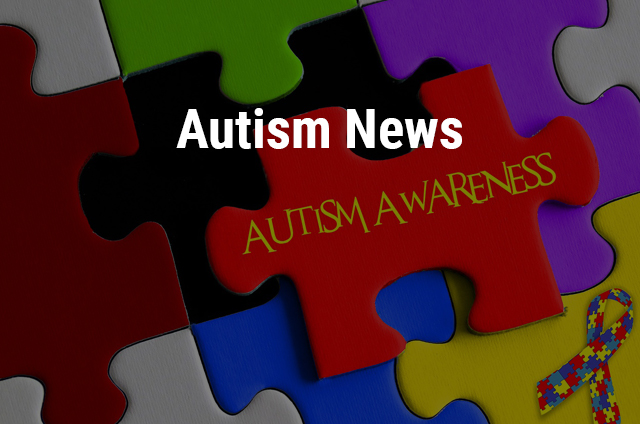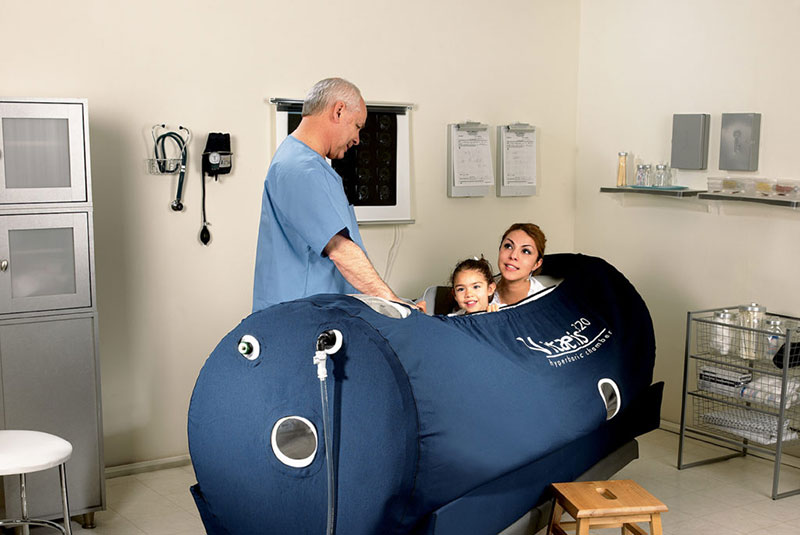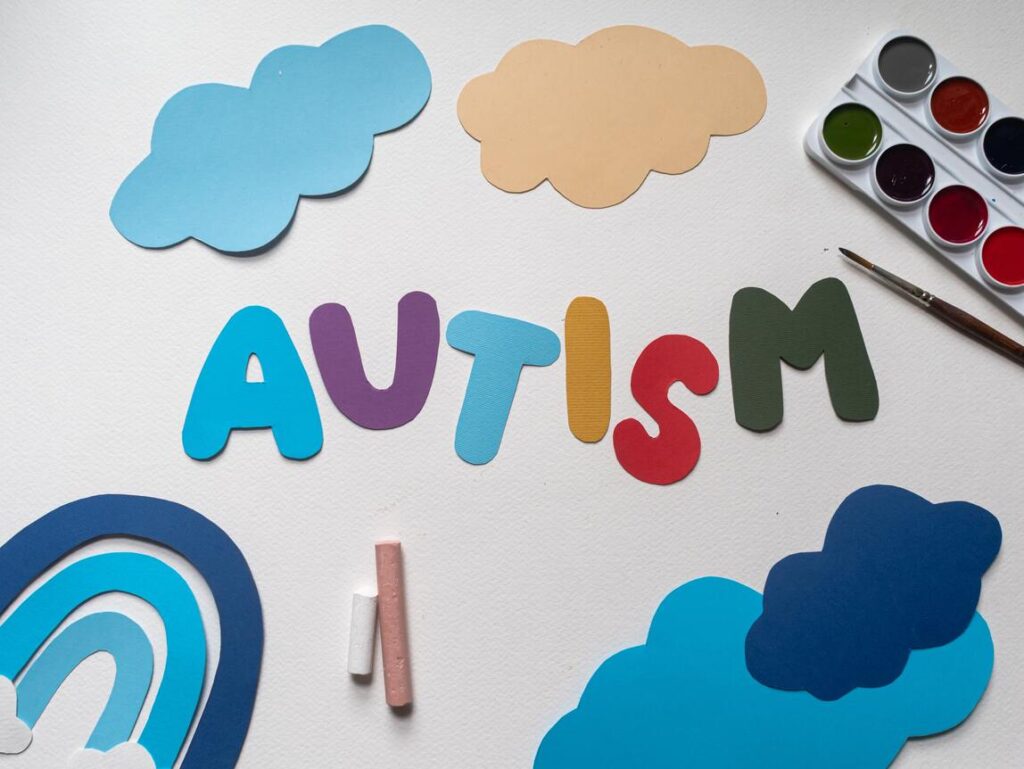Research on autism is being done continuously. Although the solution to this disorder has not been found until now, researchers have found many factors that increase or decrease the risk of autism. A few recent studies have established a connection between air pollution and risk of autism. It has been found that women, who live in areas with high pollution levels, have more chances of having autistic children.
Study by Harvard Researchers:
As stated by Autism Speaks, researchers from Harvard had come up last year with evidences, which prove that prenatal exposure to air pollution in high levels, can double the chances of a child developing autism. Brain function and the development of a baby are affected by exposure to methylene chloride, mercury, manganese, lead, diesel particles and other pollutants.
According to Andrea Roberts, Research Associate at Department of Social and Behavioral Sciences in Harvard School of Public Health, “Women who were exposed to the highest levels of diesel or mercury in the air were twice more likely to have a child with autism than women who lived in the cleanest parts of the sample”.
Two studies were conducted previously, which found connections between autism in children and air pollution exposure during pregnancy. However, these studies took data from three regions in the United States only. These studies were covered by a press release by the Harvard School of Public Health.
The Harvard researchers observed the connection between air pollutant levels and autism, at the place and time of birth. They took the data of air pollution from the US Environmental Protection Agency, for estimating the exposure of women to pollutants at the time of pregnancy.
Study by Researcher at University of Wisconsin-Milwaukee:
A researcher at University of Wisconsin-Milwaukee (UWM), Amy Kalkbrenner has conducted a study in this field. Her study has found further evidence, which links Autism Spectrum Disorder (ASD) to air pollution. Kalkbrenner’s research has shown similarities to the studies carried out earlier on links between air pollutants and autism.
The research of Kalkbrenner is focused on the exposure of pregnant women to a specific kind of particulate matter (PM10). This particulate matter arises partially from the environment’s air pollution. In the study, an analysis was done on the records of 87,000 kids of North Carolina and 77,500 kids of California, with all the children born during mid to late 1990s. The pollution index of both the states was evaluated by the researchers, from the per-conception time to the first birthdays of the children.
From the study, it was found that there was an increased susceptibility of children to develop autism during pregnancy’s third trimester. However, why this happens is still unclear.
The evidence found establishing links between autism and air pollution, is a huge step to the prevention of autism. As stated by Kalkbrenner, “It adds another piece supporting the hypothesis that environmental chemicals are part of the autism puzzle… We’ve now had three solid studies saying the same thing. The evidence is pretty compelling that something is going on with air pollution and autism.”
Autism’s exact cause is still unknown, but experts think that genetic factors might be responsible for the condition to a large extent. However, the risk of autism may increase because of air pollution.




